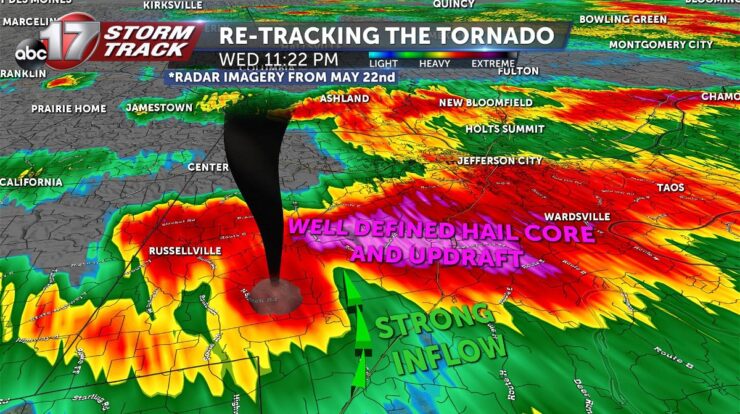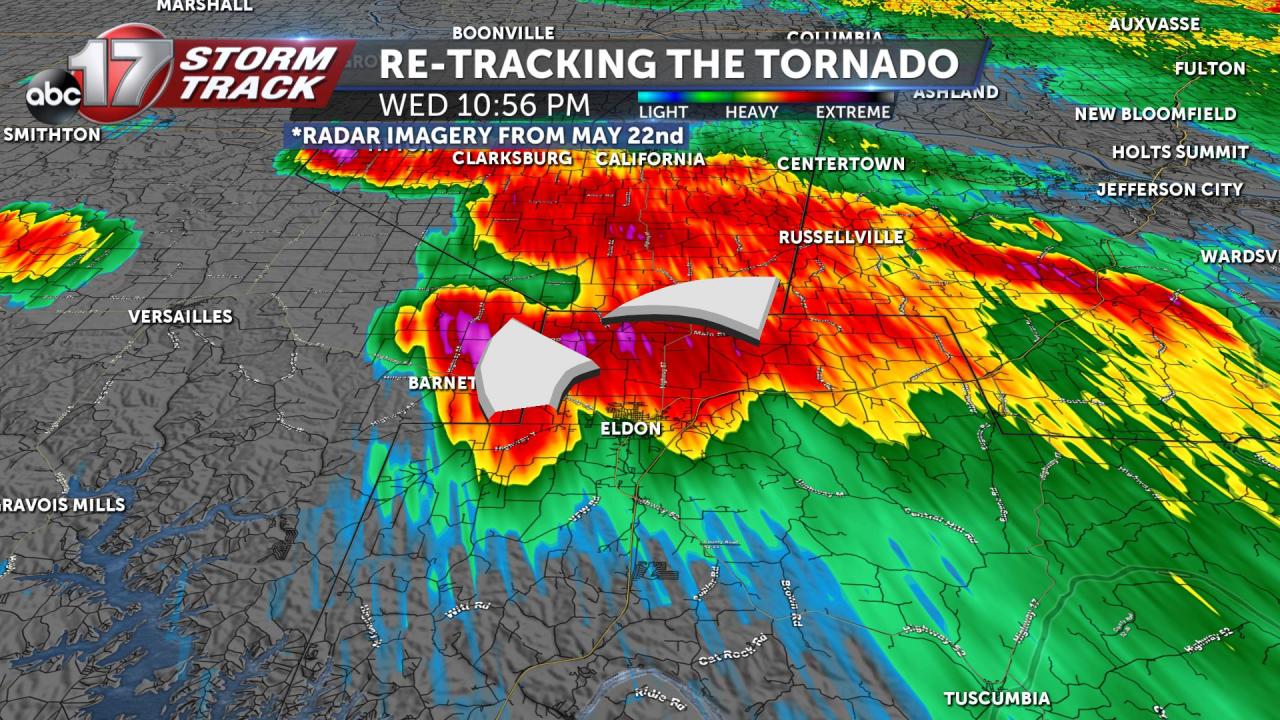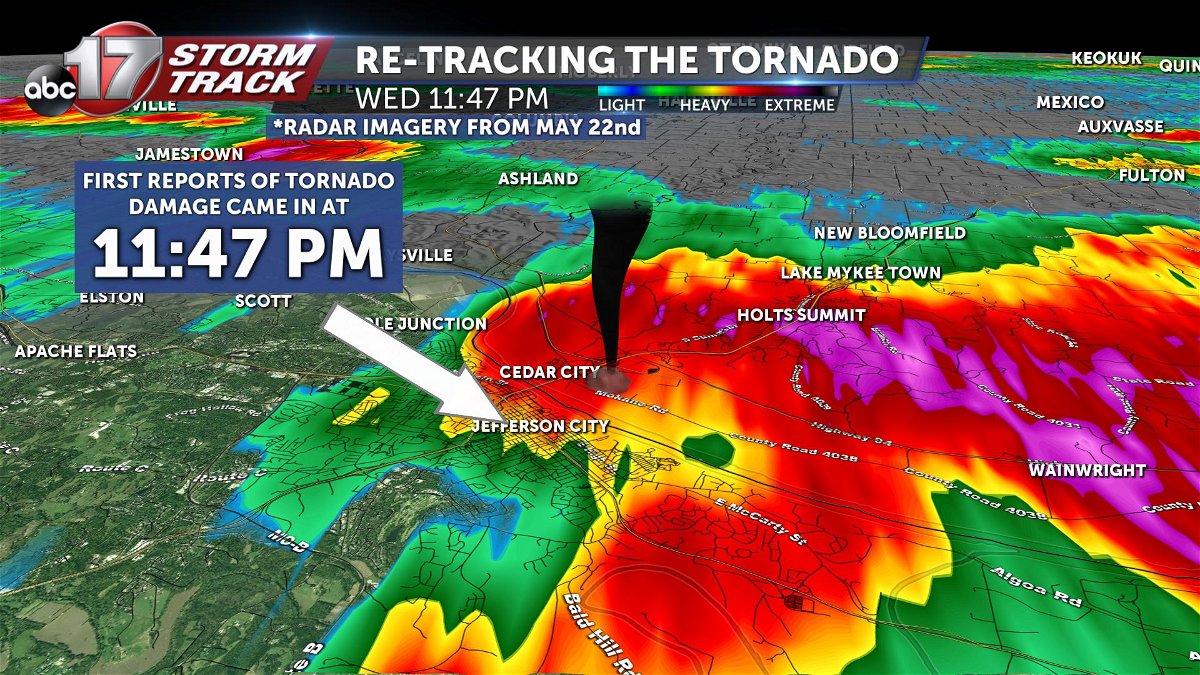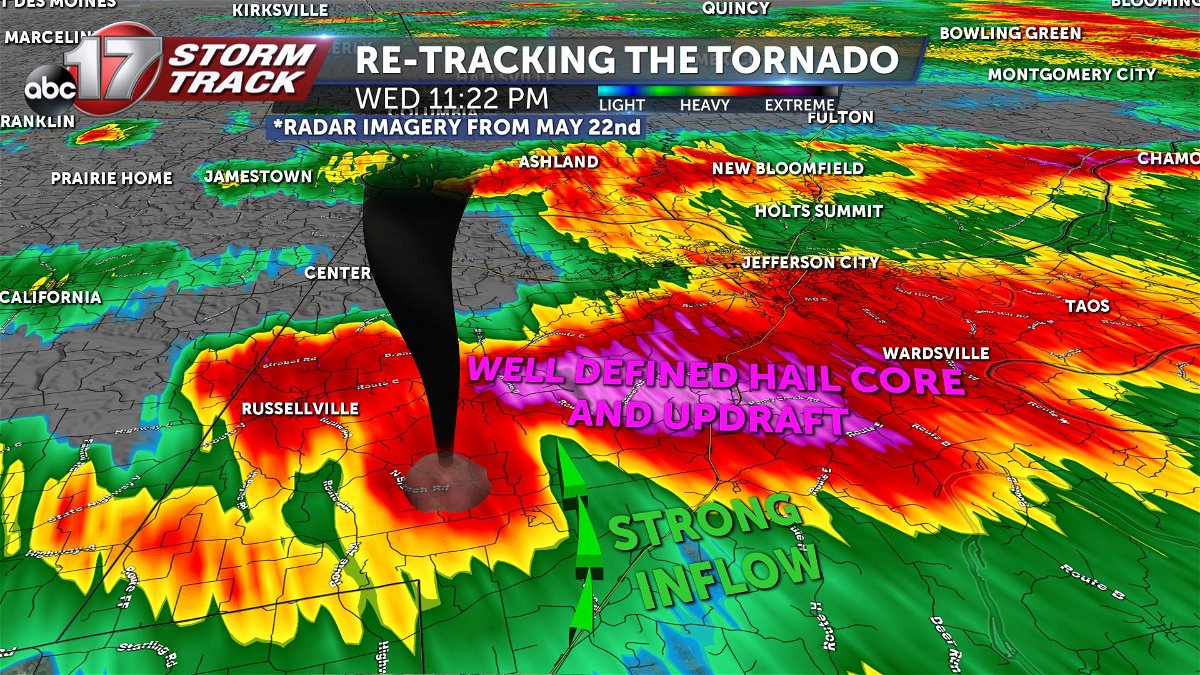
In the realm of weather technology, tornado trackers stand as indispensable tools for detecting and monitoring these formidable atmospheric phenomena. From their advanced capabilities to their life-saving applications, tornado trackers have revolutionized our ability to stay informed and protected during severe weather events.
Delving deeper into the intricacies of tornado trackers, we’ll explore their features, applications, and the cutting-edge technology that drives them. With a focus on accuracy, reliability, and practical use, this comprehensive guide equips you with the knowledge to navigate tornado season with confidence.
Tornado Tracker Features

Tornado trackers are devices that can detect and track tornadoes. They use a variety of technologies, including radar, Doppler radar, and satellite imagery, to provide real-time information about tornadoes.
There are two main types of tornado trackers: mobile and stationary. Mobile tornado trackers are mounted on vehicles and can be used to track tornadoes in real time. Stationary tornado trackers are installed in fixed locations and can provide continuous monitoring of tornadoes.
Tornado trackers are accurate and reliable. They can detect tornadoes with a high degree of accuracy, and they can provide real-time information about the tornado’s location, size, and intensity.
Using a Tornado Tracker
To use a tornado tracker, you first need to identify the type of tornado tracker you are using. If you are using a mobile tornado tracker, you will need to mount it on your vehicle and connect it to a power source.
If you are using a stationary tornado tracker, you will need to install it in a fixed location.
Once you have identified the type of tornado tracker you are using, you will need to learn how to interpret the data provided by the tornado tracker. The data provided by the tornado tracker will include information about the tornado’s location, size, and intensity.
You can use the data provided by the tornado tracker to stay safe during a tornado. If the tornado tracker indicates that a tornado is approaching your area, you should take shelter immediately.
Tornado Tracker Technology

Tornado trackers use a variety of technologies to detect and track tornadoes. These technologies include:
- Radar: Radar is a technology that uses radio waves to detect objects. Tornado trackers use radar to detect the rotation of the air in a tornado.
- Doppler radar: Doppler radar is a type of radar that can measure the velocity of objects. Tornado trackers use Doppler radar to measure the velocity of the air in a tornado.
- Satellite imagery: Satellite imagery is a type of image that is taken from a satellite. Tornado trackers use satellite imagery to track the movement of tornadoes.
These technologies allow tornado trackers to detect and track tornadoes with a high degree of accuracy.
Applications of Tornado Trackers
Tornado trackers are used in a variety of fields, including:
- Meteorology: Tornado trackers are used by meteorologists to study tornadoes. Meteorologists use tornado trackers to collect data about the formation, movement, and dissipation of tornadoes.
- Emergency response: Tornado trackers are used by emergency responders to track tornadoes and provide warnings to the public. Emergency responders use tornado trackers to help people stay safe during tornadoes.
Tornado trackers have saved lives. In 2011, a tornado tracker helped to warn people about the Joplin tornado. The tornado tracker provided real-time information about the tornado’s location, size, and intensity. This information helped people to take shelter and avoid the tornado.
Future of Tornado Trackers
The future of tornado trackers is bright. Advancements in technology are making tornado trackers more accurate and reliable. Artificial intelligence and machine learning are being used to improve the performance of tornado trackers.
In the future, tornado trackers will be able to detect and track tornadoes with even greater accuracy. This information will help people to stay safe during tornadoes.
Ending Remarks

As we look towards the future of tornado trackers, the convergence of artificial intelligence and machine learning holds immense promise for enhancing their capabilities. With the potential to improve detection accuracy, provide real-time warnings, and optimize evacuation strategies, these advancements will undoubtedly save countless lives and mitigate the devastating impact of tornadoes.
The journey of tornado trackers is far from over. As technology continues to evolve, so too will our ability to understand and respond to these powerful forces of nature. Embracing the latest innovations, we can harness the power of tornado trackers to create a safer and more resilient world for generations to come.
Common Queries: Tornado Tracker
What are the different types of tornado trackers?
Tornado trackers come in various forms, including mobile apps, desktop software, and dedicated hardware devices. Each type offers unique features and capabilities tailored to specific user needs.
How accurate and reliable are tornado trackers?
The accuracy and reliability of tornado trackers have improved significantly over the years. Modern systems leverage advanced algorithms and real-time data to provide timely and precise warnings.
How can I use a tornado tracker to stay safe?
Tornado trackers can provide valuable information during severe weather events. By monitoring alerts, understanding the data presented, and following recommended safety protocols, you can increase your chances of staying safe.





